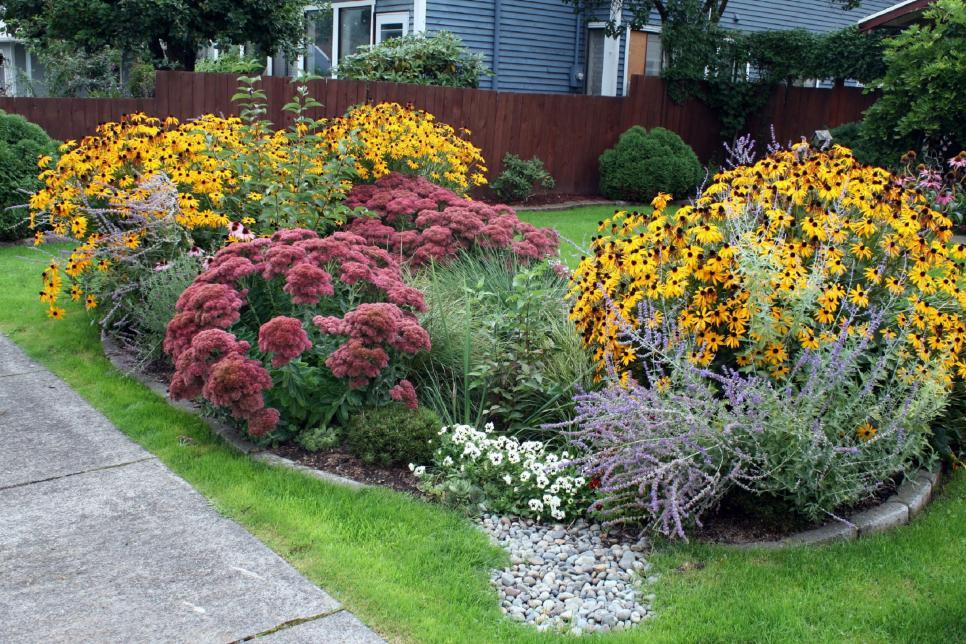Some Known Questions About Hilton Head Landscapes.
Table of ContentsThe 25-Second Trick For Hilton Head LandscapesFacts About Hilton Head Landscapes RevealedAll about Hilton Head LandscapesHilton Head Landscapes - QuestionsThe Best Strategy To Use For Hilton Head LandscapesNot known Details About Hilton Head Landscapes Things about Hilton Head Landscapes
Line creates all kinds and patterns and can be made use of in a variety of methods the landscape. Line in the landscape is developed by the edge between 2 materials, the rundown or silhouette of a kind, or a long linear attribute. Lines are a powerful device for the designer because they can be made use of to create an infinite selection of shapes and forms, and they manage movement of the eye and the body.

Lines can have one or even more attributes, such as those explained below, yet they commonly offer different purposes. Number 1. Lines in the landscape - hilton head landscapers. The properties of lines establish exactly how people respond to the landscape, both psychologically and physically. Straight lines are architectural and forceful; they develop a formal character, are usually connected with a symmetrical layout, and lead the eye directly to a centerpiece.
Our Hilton Head Landscapes Statements
Straight lines are frequently discovered in hardscape sides and product. Bent lines develop a casual, all-natural, unwinded personality that is connected extra with nature and unbalanced equilibrium. Curved lines move the eye at a slower speed and include secret to the space by creating covert views. Vertical lines move the eye up, making an area feel larger.
Vertical lines in the landscape include tall, slim plant product, such as trees, or high structures, such as an arbor or a bird home on a pole. Straight lines relocate the eye along the ground airplane and can make an area feel larger. Reduced lines are extra subdued and create a sensation of remainder or repose.
Some Known Questions About Hilton Head Landscapes.
Low lines are created by reduced garden wall surfaces, pathways, and brief bushes. Lines are used to attract forms on a strategy. In plan view, they define plant beds and hardscape areas. Lines are also developed by the vertical kinds of developed features and plant material. There are 3 main line kinds that create type in the landscape: bedlines, hardscape lines, and plant lines.
Bedlines link plant product to the home and hardscape since the eye complies with the line, moving the stare through the landscape. Hardscape lines are produced by the edge of the hardscape, which marks the constructed structure. Line can likewise be developed by lengthy and narrow materials, such as a fencing or wall surface.
Hilton Head Landscapes Fundamentals Explained
Form is found in both hardscape and plants, and it is usually the dominant aesthetic component that spatially organizes the landscape and typically figures out the design of the yard. The type of structures, plant beds, and yard accessories additionally identifies the general kind style of the yard. Official, geometric types include circles, squares, and polygons.
Plants create form in the yard with their details or silhouettes, however type can also be defined by a gap or adverse area between plants - hilton head landscapers (https://issuu.com/h1tnhdlndscps). Circles can be complete circles, or they can be split into fifty percent circles or circle sections and integrated with lines to create arcs and tangents
The 9-Minute Rule for Hilton Head Landscapes
Circles are a solid design type because the eye is always attracted to the facility, which can be used to stress a focal point or attach other types. Circular types in hardscape and yard panels.
The square kind can also be segmented and pre-owned repetitively to develop a grid pattern. Unlike circles, squares are stronger on the sides, which can be lined up or overlapped to create distinct patterns and more complicated kinds.
Twisting lines commonly resemble the all-natural course of rivers or streams and can be referred to as smooth lines with deeply rounded undulations. Meandering lines (Figure 3) work well for pathways, plant bedlines, and dry stream beds. Meandering lines can add view rate of interest and enigma to a yard by leading visitors around corners to discover new views and spaces.
9 Simple Techniques For Hilton Head Landscapes

Common plant kinds are well developed and standardized, as form is the most regular and identifiable quality of plants. Form can additionally be developed through the massing of plants, where the total mass produces a different type than an individual plant.
A very contrasting form needs to be used with careone or 2 work well as a focal factor, however a lot of wreak havoc. All-natural plant forms, instead of over-trimmed forms, should establish the mass of the composition. The importance of overall kind is essentially based on the seeing perspectivethe kind of a tree can appear fairly different to an individual standing under the canopy versus watching the tree from a range in an open field.
Hilton Head Landscapes Fundamentals Explained
Plant types also create and define the gap or open spaces between the plants, creating either convex or concave forms in deep spaces. High-arching tree branches generally produce a concave open area under the branches, and a rounded cover with reduced branches loads the room to develop a convex kind outdoors room under the tree.
